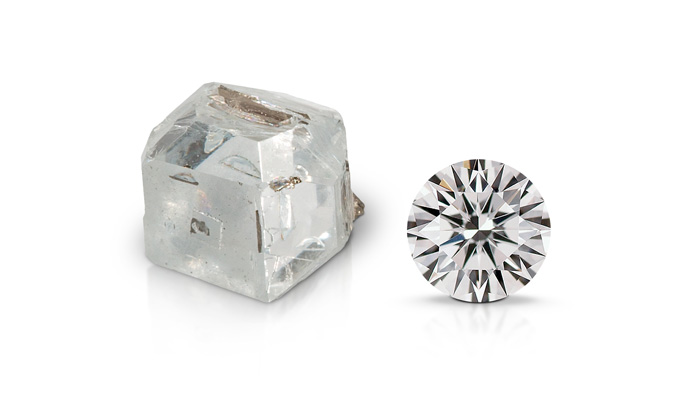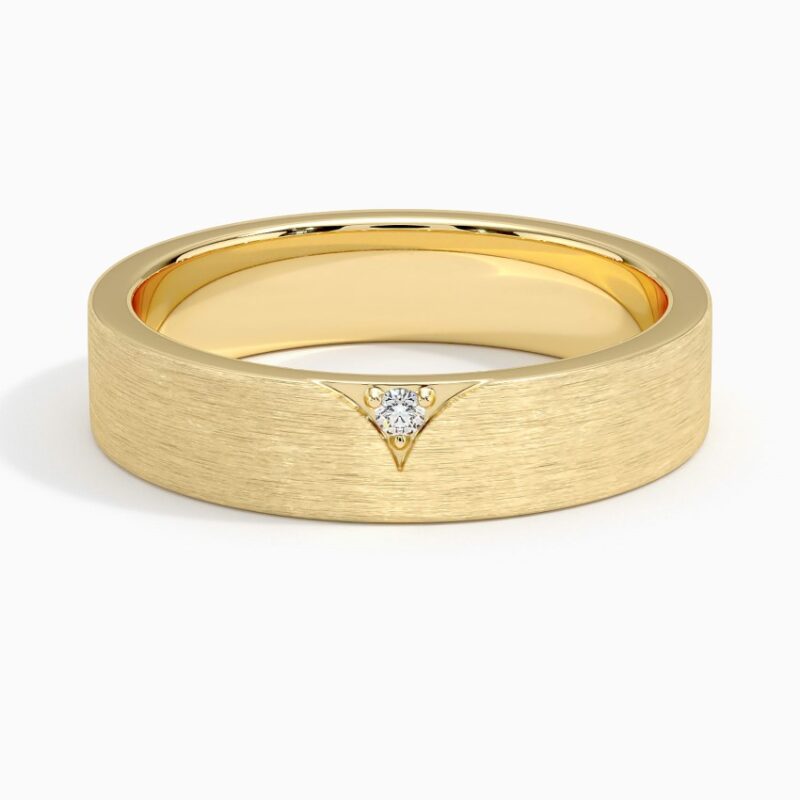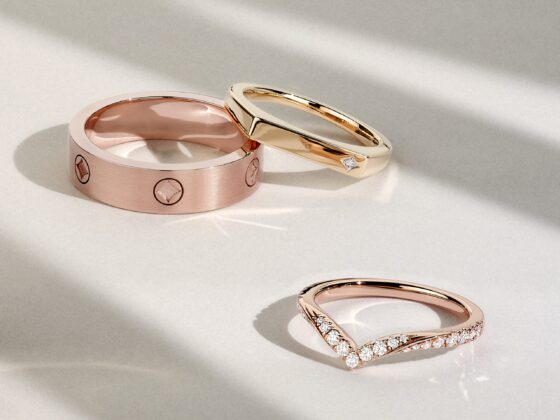Engagement rings have traditionally been a symbol of love and commitment, but lately, the UK has seen an unexpected change. Lab-grown diamonds have become the new standard for engagement rings, breaking away from traditionally mined diamonds.
As more people learn about the environmental and economic benefits of lab-grown diamonds, they are being chosen over mined diamonds to represent one’s love and devotion.
This article will explore why lab-grown diamonds are gaining popularity in the UK as well as look at how this trend could shape future engagements. With the advent of technology allowing us to create perfect replicas of natural stones, it is no surprise that couples are now turning towards these sustainable options when choosing their engagement ring.
Well also examine what this shift means for diamond mining companies and highlights examples of couples who’ve already made the switch. By looking at all sides of this developing trend, we can gain insight into its potential impact on modern romance in Britain and beyond!
The Emergence of Lab-Grown Diamonds

The emergence of Lab grown diamond engagement rings uk is certainly shaking up the engagement ring market of the Isles. Not too long ago, going for a diamond ring was considered standard, but now consumers are turning to alternatives that offer both economic and ethical advantages.
Lab-created diamonds are more affordable than their mined counterparts and come with none of the ethical concerns associated with mining activities. The result is a product that’s on par with traditional diamonds in terms of quality, brilliance, and rarity – without any environmental impact or human rights violations attached.
What’s more, these gems are available in an array of cuts and colors to suit every taste imaginable – giving couples endless possibilities when it comes to personalizing their rings. With so many options available at competitive prices, it’s no surprise that lab-grown diamond engagement rings have become increasingly popular across Britain over recent years!
Challenges to Overcome in Making Lab-Grown Diamonds a Mainstream Option for Brides and Grooms

Lab-grown diamonds, although a new and popular alternative to traditionally mined diamonds, still have several challenges that need to be addressed before they can become mainstream in the UK engagement ring market. First, there is a lack of consumer knowledge about lab-grown diamonds and their benefits.
Consumers may not understand why they should choose lab-grown over natural diamond options or what makes them special. Second, maintaining the quality of lab-grown diamonds presents certain difficulties: it’s more complicated than with traditional gems as each diamond must meet exacting standards for size and clarity before being deemed suitable for use in an engagement ring.
Third, pricing remains an issue; while prices are coming down due to technological advancements, many consumers still perceive them as too expensive compared to other options available on the market.
Finally, some jewelers remain hesitant when it comes to stocking lab-grown diamonds because of concerns about setting up additional manufacturing processes or investing in equipment specifically designed for handling these types of stones.
However, by addressing these issues head-on and educating consumers on their unique benefits and value proposition, lab-grown diamonds could soon become the go-to choice for modern couples seeking beautiful engagement rings that will stand out from the crowd.
Why These Synthetic Gems are Becoming Increasingly Popular in the UK
Lab-grown diamonds are quickly becoming the go-to choice for engagement rings in the UK. As a result, synthetic gems have seen an increase in popularity amongst those looking to make a statement with their ring or simply save money without compromising on quality and style.
Unlike mined stones, lab-created diamonds offer consumers vast advantages such as cost savings due to eliminating intermediaries and mines, consistent grading standards (including clarity, cut, color, and carat weight) because of a controlled production process, environmental friendliness due to not requiring destructive mining practices and ethical sourcing through responsible labor conditions in factories.
All these benefits mean that customers can expect superior quality at more approachable prices which has made them incredibly attractive when compared to traditional diamond options.
Furthermore, they come with unique variations that allow individuals to customize their purchase on terms that work best for them – from size selection to shape preference – allowing users unprecedented control over what kind of ring they’re putting on their finger.
The increasing demand for lab diamonds is no surprise as it comes with all the qualities people want: affordability without sacrificing beauty; variety so you don’t need to worry about settling; assurance of quality through laboratory processes; sustainability by avoiding damaging mining practices; plus ethical sourcing guaranteed by reliable manufacturers.
What Does the Future Hold for Engagement Rings?

As the UK moves towards a more ethical and sustainable future, engagement rings are being reimagined with lab-grown diamonds replacing traditionally mined diamond stones. This shift could mean that consumers can enjoy greater value for their money as well as peace of mind in knowing they have chosen an ethically sourced product.
But what does this new standard mean for the future of engagement rings? Couples can explore designs inspired by nature or by contemporary art trends – creating symbols that represent their love story in ways never before seen before either in terms of gem size or cut shape variety.
In short, while certain aspects of engagement ring design remain unchanged (and rightly so!) there is no doubt that the rise of lab-created gems has revolutionized both the cost and creative potential behind these timeless symbols of love.
As we move forward into an era where sustainability takes precedence over all else – look for even more unconventional designs emerging onto the scene!


